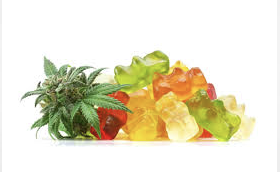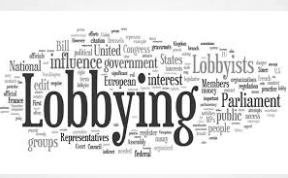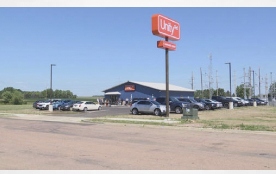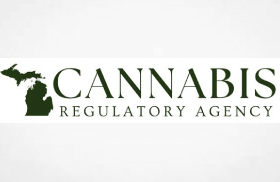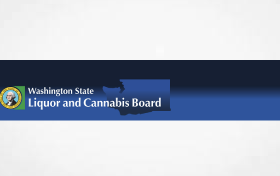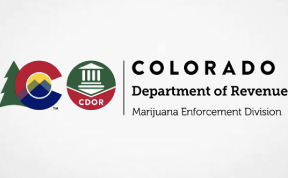In the context of cannabis consumption, edibles refer to food products infused with marijuana extracts. These can range from baked goods like brownies and cookies to candies, beverages, and even gourmet meals. Edibles have become increasingly popular as cannabis legalization spreads across various regions. This guide will delve into what edibles are, how they work, their benefits and risks, and best practices for consumption.
What Are Edibles?
Edibles are items that have been infused with cannabinoids, the active compounds in cannabis, primarily THC (tetrahydrocannabinol) and CBD (cannabidiol). THC, in particular, is responsible for the psychoactive effects, or the “high,” while CBD is non-psychoactive and is often associated with therapeutic benefits.
Common types of edibles include:
- Baked Goods: Brownies, cookies, and cakes.
- Candies: Gummies, lollipops, and chocolates.
- Beverages: Teas, coffees, and sodas.
- Savory Items: Sauces, snacks, and full meals.
How Do Edibles Work?
When you consume an edible, it goes through your digestive system before the cannabinoids are absorbed into your bloodstream. This process differs significantly from smoking or vaping cannabis, where the effects are almost immediate.
When you choose to take edibles, the effects can take anywhere between 30 minutes and 2 hours after consumption, depending on various factors like your metabolism, what other food might be present in the stomach, and individual body chemistry.
Once ingested, the liver metabolizes THC into 11-hydroxy-THC, which is a compound that’s more potent and has a longer duration of effects compared to THC inhaled through smoking. This explains why the effects of edibles can be more intense and longer lasting.
Benefits of Edibles
- Discreet Consumption: Edibles don’t produce smoke or odor, so they’re a discreet option for consuming cannabis.
- Longer-Lasting Effects: The effects can last between 4 and 8 hours, providing prolonged relief or enjoyment.
- Healthier Alternative: Edibles eliminate the risks associated with smoking, including lung irritation and exposure to carcinogens.
- Precise Dosing: Many commercial edibles come with clearly labeled THC/CBD content, allowing for precise dosage control.
Best Practices for Consuming Edibles
- Start Low and Go Slow: Begin with a low dose when you start taking edibles (typically 2.5–5 mg of THC). Make sure you wait at least 2 hours to gauge the effects before considering another dose. Visit Whole Melt Extracts to find the best dose for your needs.
- Read Labels Carefully: Pay attention to the THC and CBD content on the packaging to understand the potency.
- Store Safely: Always keep edibles out of reach of children and pets, ideally in a labeled, child-proof container.
- Be Patient: Allow sufficient time for the effects to set in. Remember, the onset can be delayed, and consuming more too soon can lead to an uncomfortable experience.
- Know Your Tolerance Level: Individual tolerance levels vary, so it’s important to be aware of your own limits and adjust your consumption accordingly.
To Conclude
Edibles offer a unique and versatile way to consume cannabis, providing benefits such as discretion, prolonged effects, and health advantages over smoking. However, they also come with their own set of risks, primarily due to their delayed onset and potent effects.
By understanding how edibles work and following best practices for consumption, users can enjoy a safe and pleasant experience. Always remember to start with a low dose, be patient, and store edibles securely to prevent accidental ingestion.
